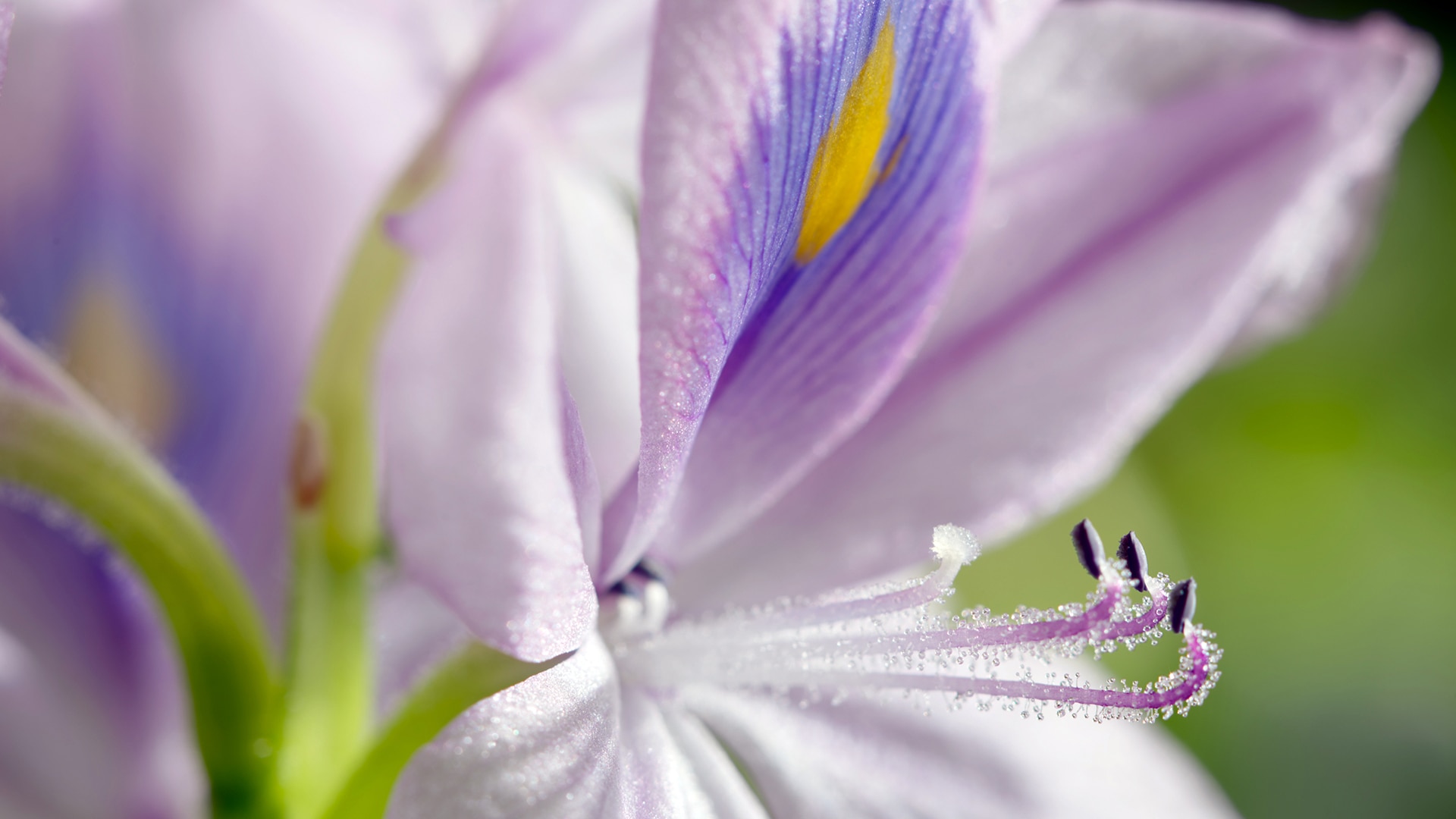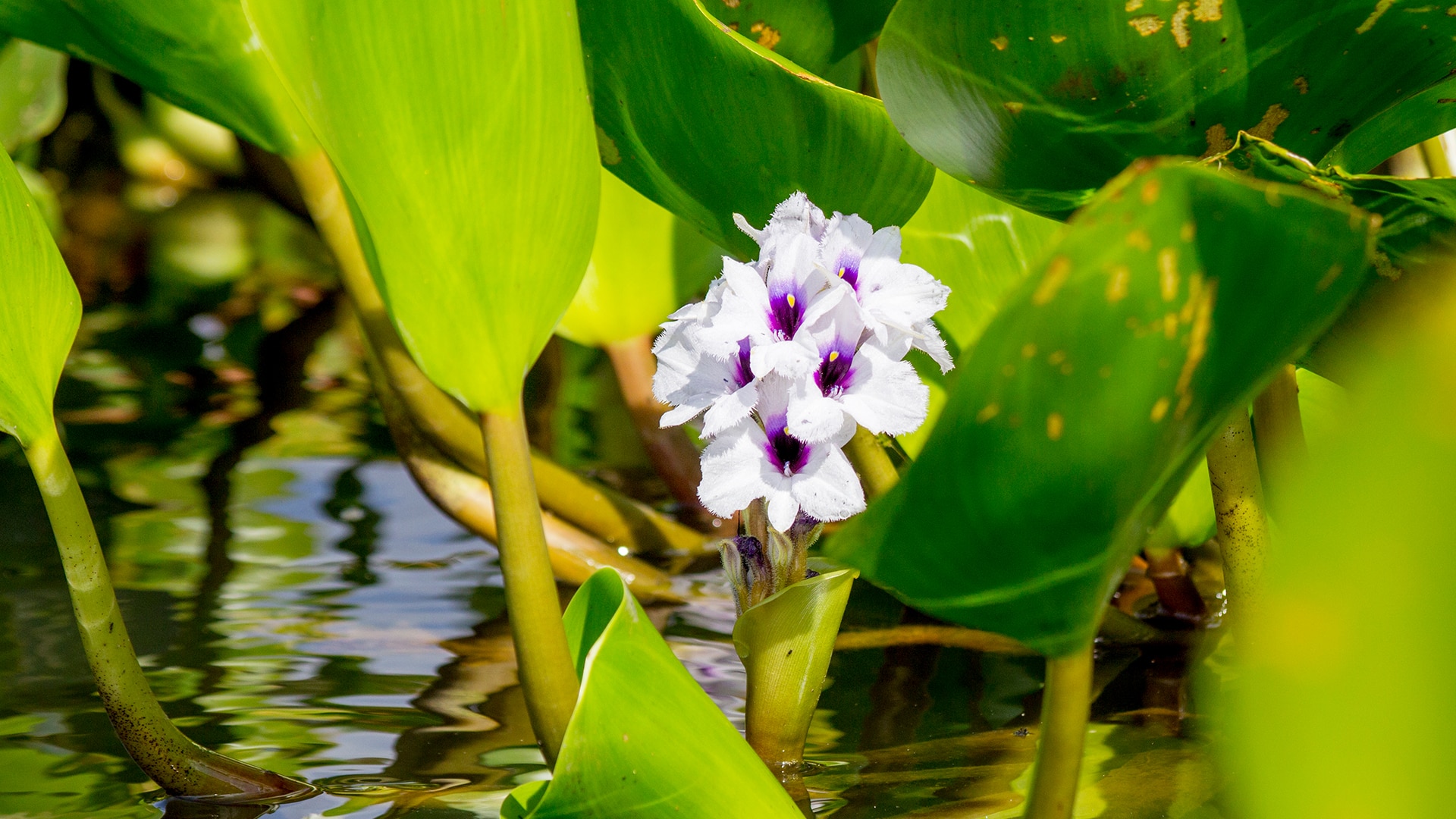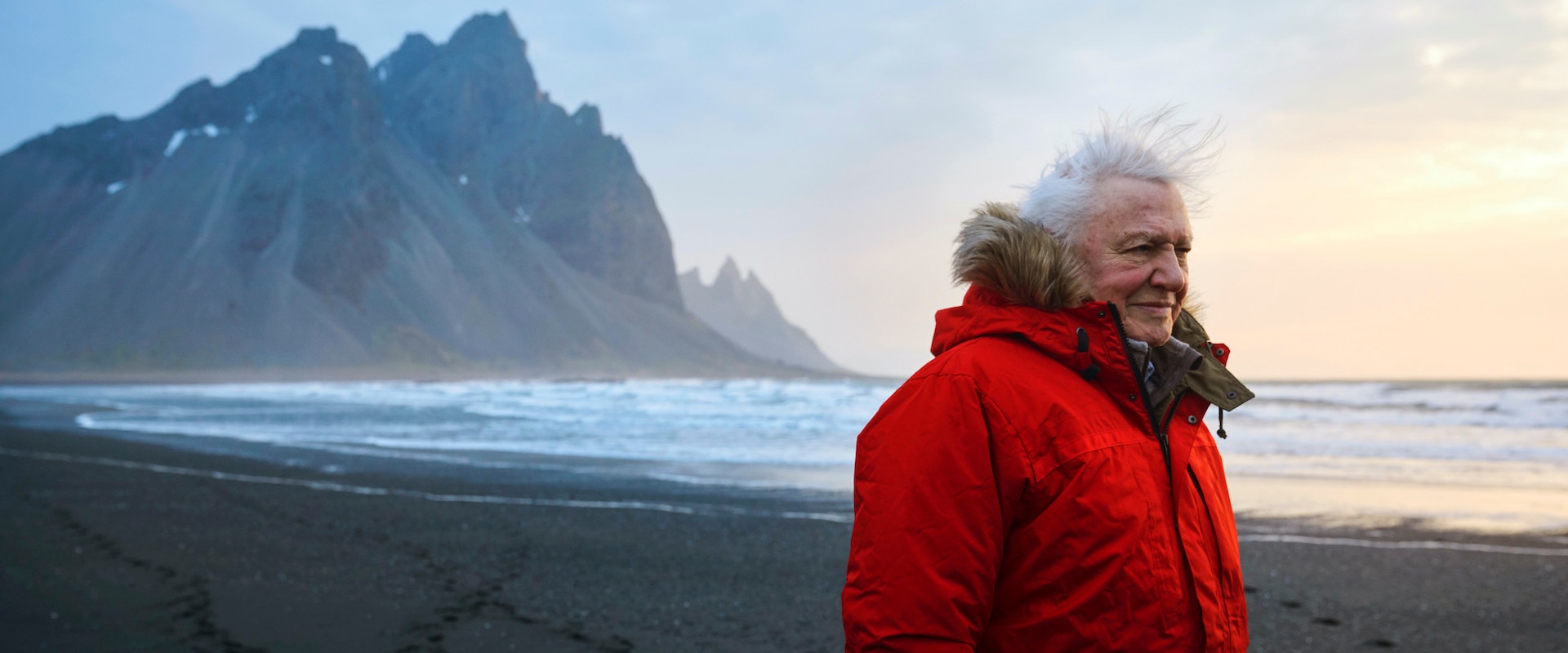Our underwater worlds are home to many bizarre and beautiful plants. But life isn't always easy in these diverse and sometimes volatile environments.
From the aquatic plants surviving the strong currents of Colombia's Rainbow River to giant water lilies fighting for light in Brazil's flooded Pantanal, these plants can thrive in adversity.
Discover more underwater wonders with new Sir David Attenborough series The Green Planet, which explores the strange and wonderful world of plants like never before. Find out where to watch in your region here. 🍃
The Giant waterlilly
The Giant Water Lily, Victoria amazonica, grows in the Pantanal region of Brazil. It starts as a little bud that grows up towards the surface of the water, before emerging into a beautiful lily pad that can span up to three metres wide. The plant's underside boasts girders and ribs to help support its huge structure. Its underwater stalks, which help to anchor the leaves, can reach up to eight metres in length.1




















